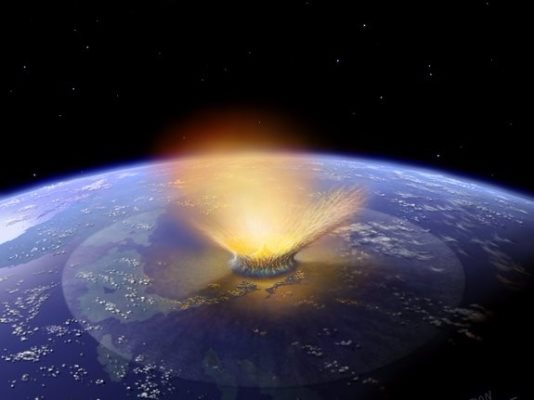Extinction-level asteroid impacts are rare but have occurred throughout Earth's history.
Smaller impacts are frequent, with Earth accumulating about 100 tons of matter daily.
The odds of a large asteroid strike vary, but prediction is nearly impossible.
Even a relatively small asteroid can trigger global catastrophe through atmospheric disruption.
An asteroid impact can eject dust and debris, leading to a 'nuclear winter' effect.
Global temperatures would drop, skies would darken, and food supplies would collapse.
The result could be mass extinction, including humanity.
Geological Record and Impact Studies
